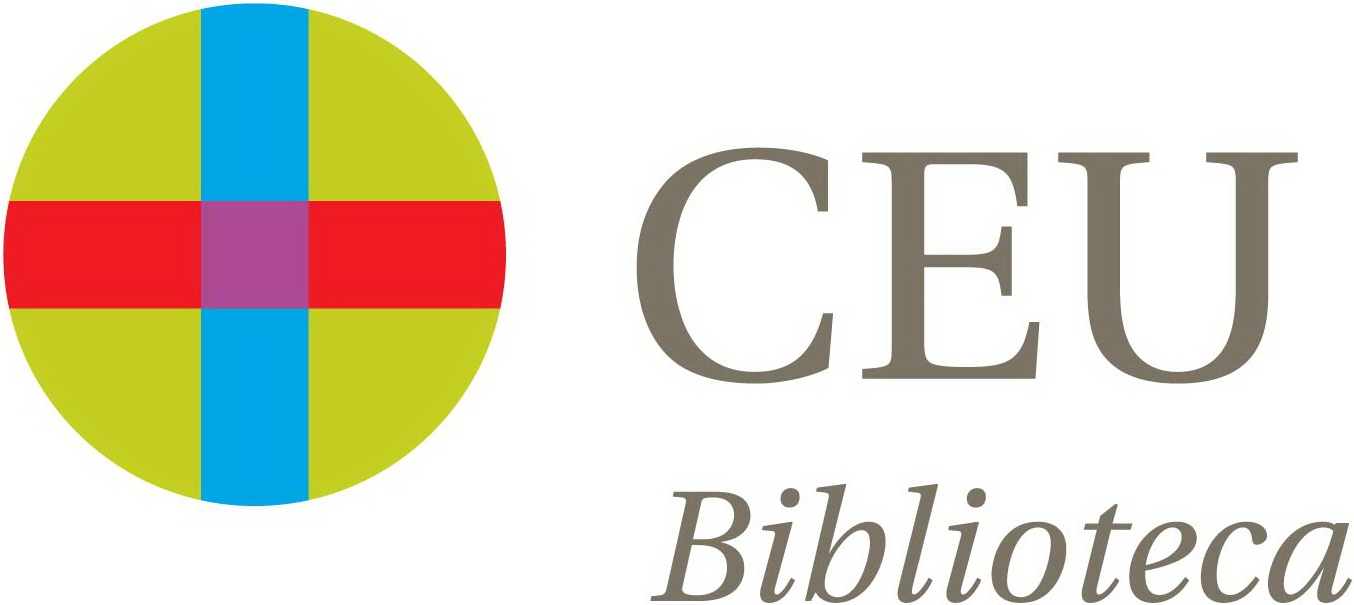Por favor, use este identificador para citar o enlazar este ítem:
http://hdl.handle.net/10637/13805Registro completo de metadatos
| Campo DC | Valor | Lengua/Idioma |
|---|---|---|
| dc.creator | Santolaria Castellanos, Ana Isabel | - |
| dc.creator | Ramos Alderete, Jaime | - |
| dc.date | 2022 | - |
| dc.date.accessioned | 2022-06-24T04:00:12Z | - |
| dc.date.available | 2022-06-24T04:00:12Z | - |
| dc.date.issued | 2022-06-24 | - |
| dc.identifier | 000000730457 | - |
| dc.identifier.uri | http://hdl.handle.net/10637/13805 | - |
| dc.description | En: Constelaciones. ISSN. 2340-177X. n. 10, 2022, pp 15-30 | - |
| dc.description.abstract | La investigación propone una aproximación a la colección como método mediante el cual se disponen las cosas –objetos o imágenes– 'en relación' invitando a que surjan conexiones, muchas veces inesperadas, que construyen el argumento que les da sentido. La colección supone, así, la producción de conexiones y principios que contienen conjeturas, yuxtaposiciones y hallazgos experimentales. Esta forma de adquirir conocimiento es la que plantea Goethe en su colección de colecciones, Aby Warburg con el Atlas Mnemosyne, el teatro de Giulio Camillo, Quiccheberg en su tratado sobre museos, o en la Galería de Fontainebleau. La colección de objetos o imágenes y su visualización constituye una forma de percibir las relaciones íntimas y secretas entre las cosas, provocando un pensamiento activo y propositivo. | es_ES |
| dc.description.abstract | The research proposes an approach to the collection as a method by which things –objects or images– are arranged 'in relation', inviting connections to emerge, often unexpected, that build the argument that gives them meaning. The collection, therefore, supposes the production of connections and principles that contain conjectures, juxtapositions, and experimental findings. This way of acquiring knowledge is the one proposed by Goethe in his collection of collections, Aby Warburg with the Atlas Mnemosyne, Giulio Camillo's Theatre, Quiccheberg in his treatise on museums, or the Gallery of Fontainebleau. The collection of objects or images and their visualization constitutes a way of perceiving the intimate and secret relationships of things, provoking active and purposeful thinking. | en_EN |
| dc.format | application/pdf | - |
| dc.language.iso | sp | - |
| dc.rights | http://creativecommons.org/licenses/by-nc-nd/4.0/deed.es | - |
| dc.subject | Conocimiento. | es_ES |
| dc.subject | Atlas Mnemosyne. | es_ES |
| dc.subject | Aby Warburg. | en_EN |
| dc.subject | Goethe. | es_ES |
| dc.subject | Quiccheberg. | es_ES |
| dc.subject | Fontainebleau. | es_ES |
| dc.subject | Giulio Camillo. | es_ES |
| dc.subject | Collection. | en_EN |
| dc.subject | Knowledge. | en_EN |
| dc.title | La colección como método de conocimiento. | - |
| dc.title | The Collection as a Method of Knowledge | en_EN |
| dc.title.alternative | colección | es_ES |
| dc.type | Artículo | - |
| dc.identifier.doi | https://doi.org/10.31921/constelaciones.n10a1 | - |
| Aparece en las colecciones: | Núm. 010 (2022) | |
Los ítems de DSpace están protegidos por copyright, con todos los derechos reservados, a menos que se indique lo contrario.

